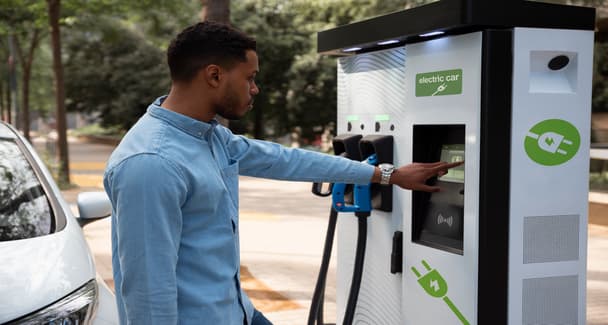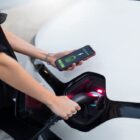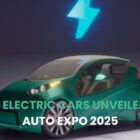You may have planned to purchase a new electric vehicle or have already bought one. Sophisticated machinery and improved lithium-ion batteries enable EVs to cover more distances than before. Increasing number of quick charging networks helps promote these vehicles and support the environment. Learn about the charging stations installed on highways, main thoroughfares, malls, and other premises.
DC public charging stations
You may take your EV to the nearest DC public charging station to charge its battery. These stations provide rapid charging facilities compared to earlier generations. They are more widespread and reliable. You can use dedicated apps and other advanced tools to locate those stations wherever you drive in the country. Learning about them ensures you enjoy uninterrupted driving.
Your vehicle’s connector type
Go through the manufacturer’s manual and learn about the connector type that your EV uses. It determines the type of charging stations you should access. Non-Tesla owners should seek a CCS port or Combined Charging System to connect to networks. On the other hand, Tesla cars use dedicated charging ports. These ports work with a specially designed supercharger network.
How fast does your vehicle charge?
Learn about your EV’s onboard charger and what charging rate it supports. Remember, every vehicle has some electronic speed limit measured in kilowatts. It determines the speed pack absorbs power from the DC fast charging station. However, it is not a constant for the entire charge. Instead, it is a charging curve, which varies depending on diverse factors. This theoretical max charging speed dictates the stations that deliver the optimum charging experience.
Charging speed of your vehicle
Most electric vehicles sold in the market are in the range of 120-150kW. These vehicles can visit any of the DC charging stations in the country to get fully charged. However, some cheaper or older vehicles might charge more slowly as they lack the advanced technology that the latest vehicles have. Such vehicles will not benefit from the faster 350kW plug.
How much should you charge your EV?
Charging time can be 10% to 80% instead of 0 to 100%. The reason is that your vehicle might not have a flat battery while entering a charging station. Besides this, charging rates vary for most electric cars. Hence, charging outside the 10% to 80% spot is slower. The vehicle that takes half an hour to charge 80% might take approximately an hour more to achieve full charge. Station operators and automakers recommend stopping the charge at 80% and using your vehicle.
Where should you charge your vehicle?
First, learn about the connector type your car uses and the charging speed to seek. The next task is to search for a reliable charging station Delhi on your route. Your EV’s dashboard might have built-in software that suggests and plans routes automatically based on your driving habits and destination. They offer live information on the charger’s availability and current status.
Dedicated apps
Many established charging networks have launched dedicated apps you can download on your smartphone. Be familiar with them. It helps find charging stations on your routes. Some apps aggregate station data and provide accurate locations for multi-charging networks. You may require accessing each network’s dedicated app to authenticate and initiate your charging session. These apps offer knowledge on availability, charging rates, etc.
Cost
New electric vehicles include subsidized or discounted charging plans. It might require accessing the supported network. You can enjoy charging your car. But what if your vehicle fails to qualify free charging networks? Charging networks might charge by kW per hour or by the minute. Rates might vary by time of day, network, or region. Early bird, off-peak, and on-peak periods might have varying prices. Learn about them to save precious money.
What else to know about the rates?
Some charging networks might charge a flat fee at the beginning of the session. They might charge an idling fee if you leave behind your vehicle plugged into the charging point for an extended period. However, you might not avail of this facility at charging stations that are located in busy cities or highways or have fewer charging points. Hence, plan your schedule accordingly.
Use DC fast charging stations sparingly!
DC fast charging rates are higher than Level 2 charging. The reason is that they provide higher power. Their installation and operation expenses are high. Although station owners get government subsidies, they pass on some of the costs to drivers. Hence, use fast charging stations wisely. It also helps protect your EV’s battery from harm.
Make the correct choice!
Now that you have learned all about DC fast charging stations, select the most appropriate connector type for your car. You can fast charge your vehicle on the route and continue your work uninterruptedly. Remember, DC charging stations are still new in the country and are not present everywhere. Hence, plan your route and charge accordingly to enjoy a hassle-free drive.



